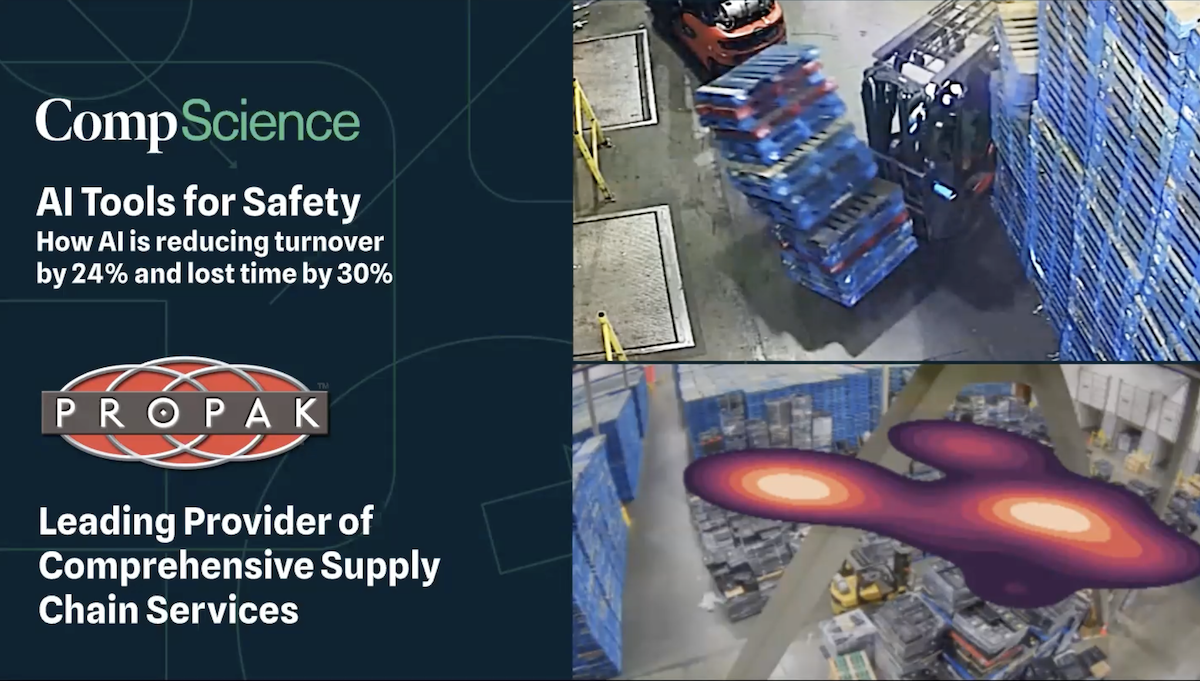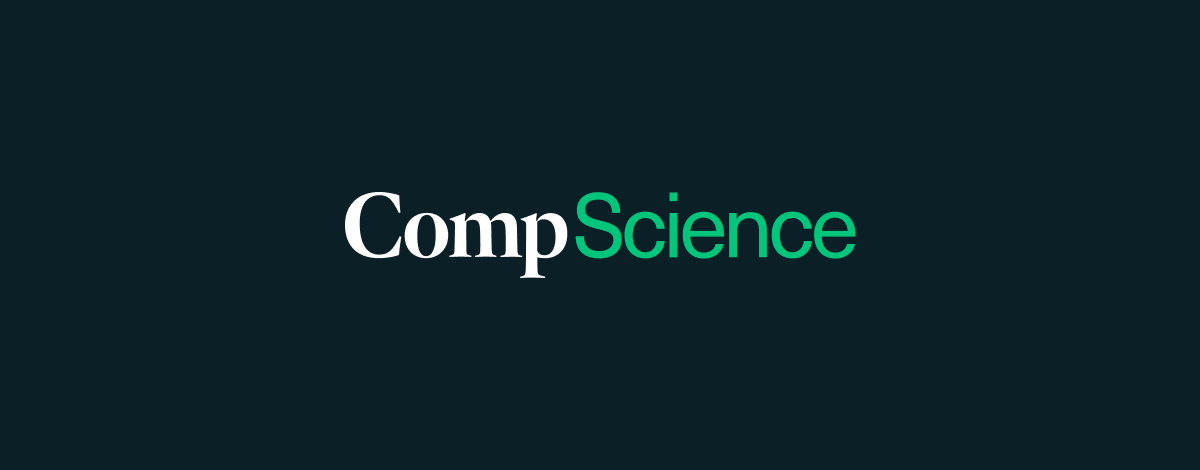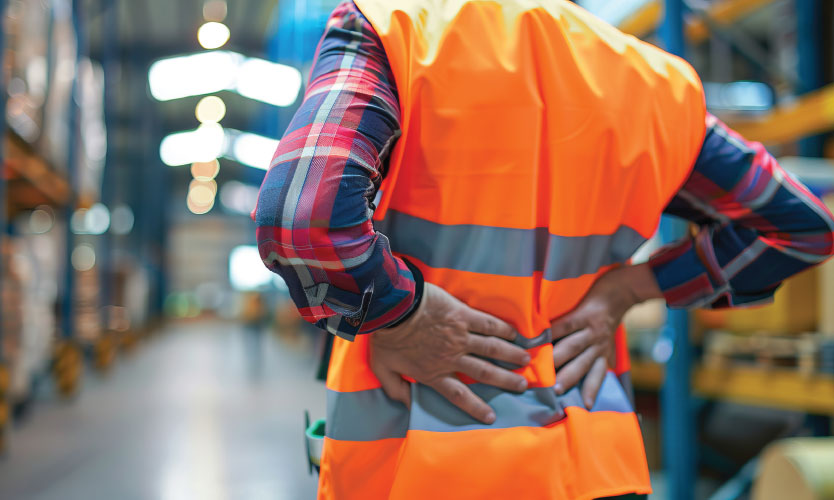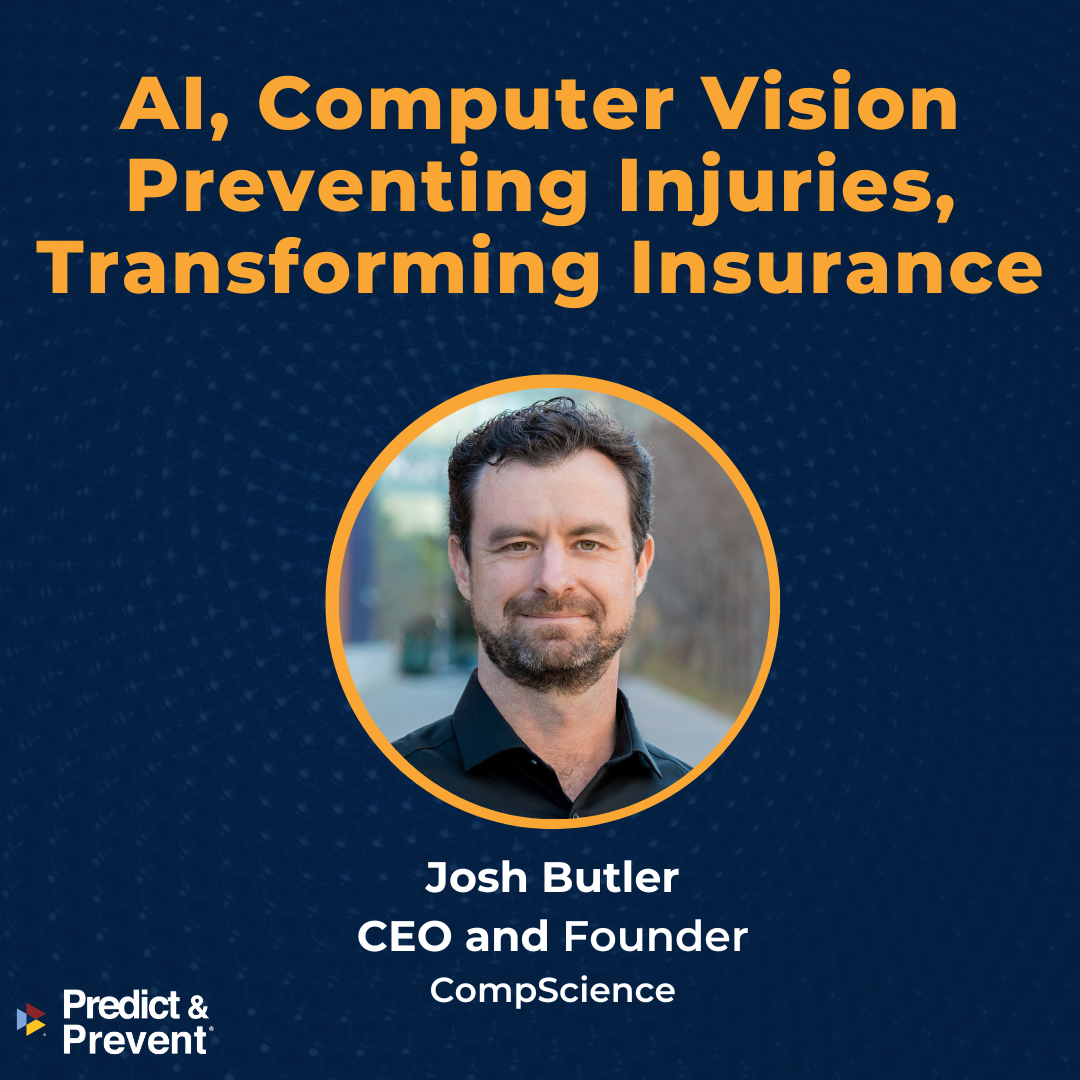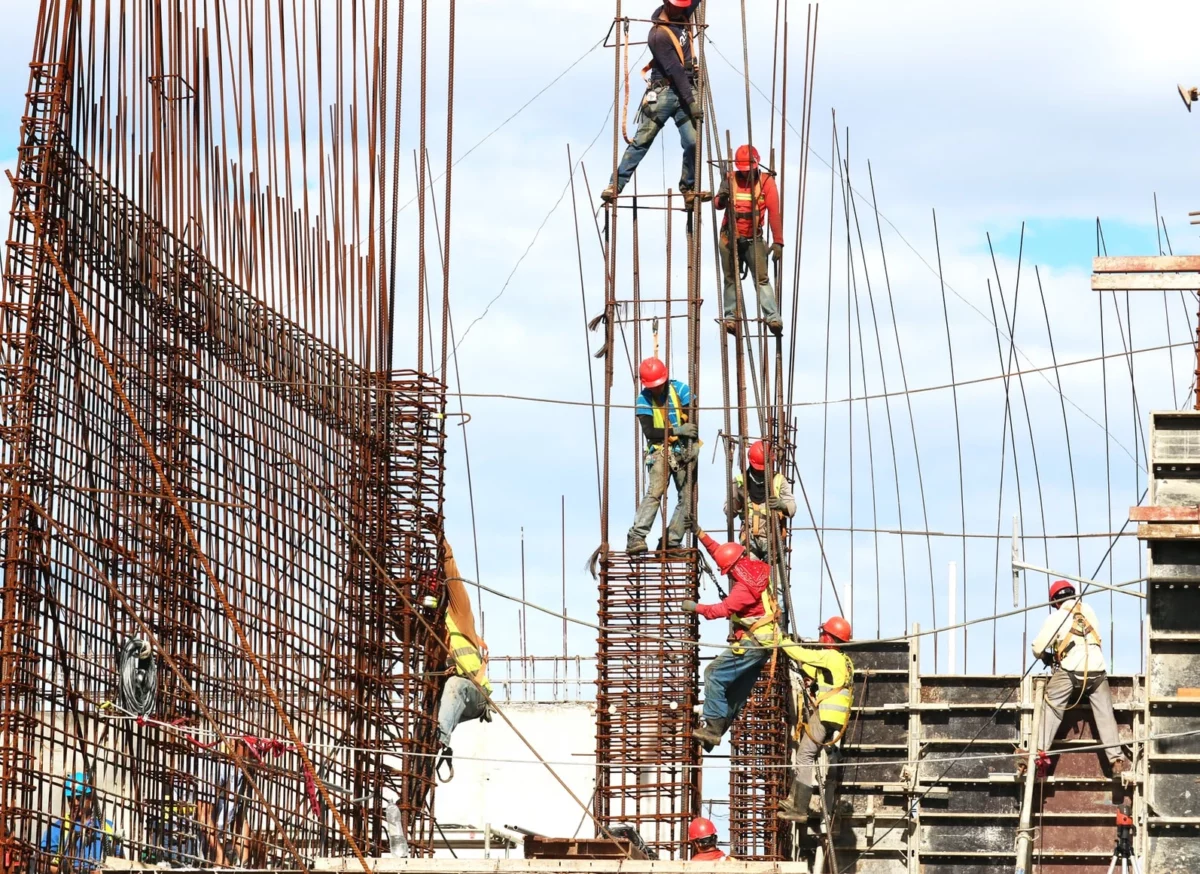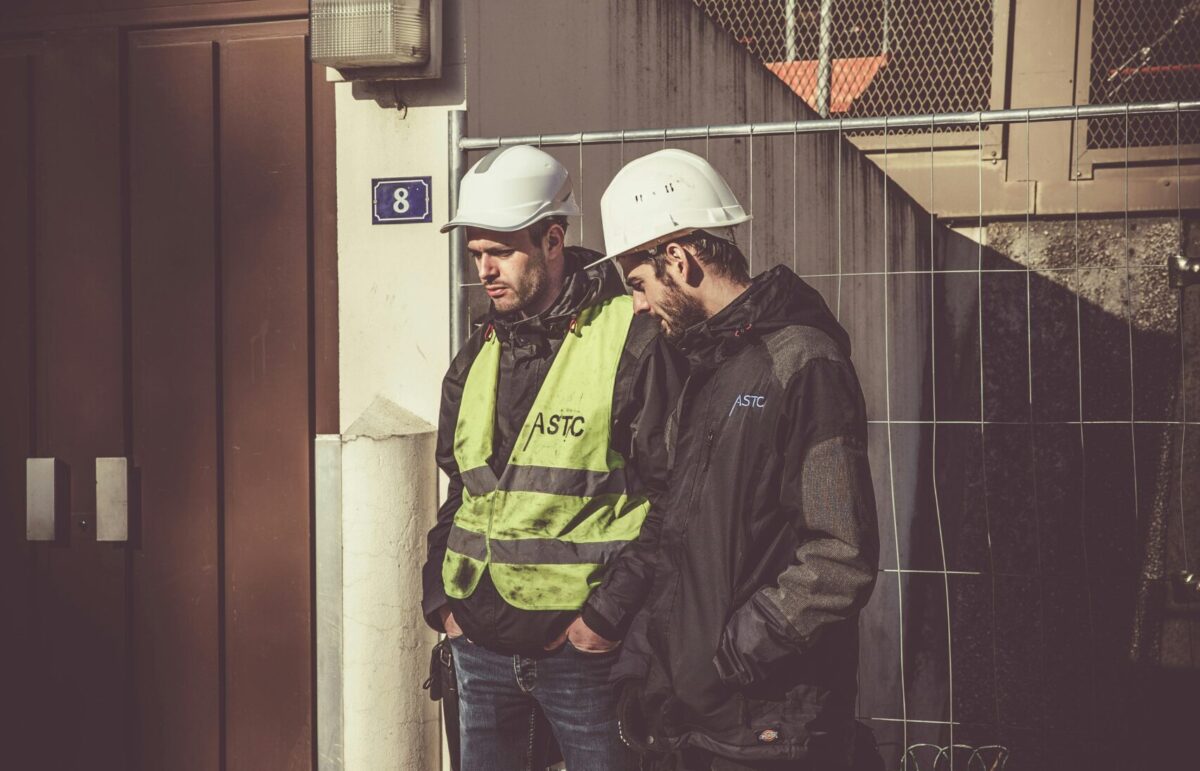Computer Vision, Insight, Workers' Comp, Workplace Safety
Enhancing Fall Protection with Computer Vision
Fall-related incidents remain one of the leading causes of serious work-related injuries and fatalities, especially in industries such as construction, manufacturing, and utilities where working at heights is common. Traditional fall protection measures rely on physical barriers, personal protective equipment (PPE), and strict adherence to safety protocols. However, the integration of computer vision technology into fall protection strategies offers a new layer of safety, providing proactive and continuous monitoring to prevent falls before they occur.
Identifying Fall Hazards
One of the primary applications of computer vision in fall protection is the identification of potential fall hazards in the workplace. Through the analysis of video feeds from strategically placed cameras, computer vision algorithms can detect conditions that may lead to falls, such as unprotected edges, holes in the floor, or unsafe scaffolding setups. By recognizing these hazards in real-time, the system can alert safety managers or workers directly, allowing for immediate corrective action to eliminate the risk.
Proper Use of Fall Protection Equipment
The effectiveness of fall protection equipment, such as harnesses, lanyards, and anchor points, is contingent upon their correct use. Computer vision can play a crucial role in ensuring compliance with safety standards for the use of such equipment. By analyzing images and video, these systems can verify that workers at heights are properly harnessed and that their lanyards are securely attached to appropriate anchor points. If improper use is detected, the system can notify supervisors to address the issue, thereby preventing potential falls.
Procedures for Working at Heights
Adhering to safe work procedures when operating at heights is essential for fall prevention. Computer vision can aid in monitoring compliance with these procedures by recognizing activities that deviate from safety protocols, such as workers being too close to an edge without adequate fall protection or climbing structures unsafely. This real-time monitoring allows for immediate intervention to correct unsafe behaviors, reinforcing a culture of safety and vigilance.
Demonstrations of Harness and Anchor Point Setup
Training workers on the proper setup and use of harnesses and anchor points is critical to fall protection. Computer vision, combined with augmented reality (AR), can offer innovative training solutions by providing interactive demonstrations. Trainees can practice setting up harnesses and anchor points in a controlled virtual environment, with computer vision algorithms evaluating their actions and providing instant feedback. This hands-on approach to training not only enhances learning outcomes but also allows for the safe practice of fall protection measures.
Conclusion
The application of computer vision technology in fall protection represents a significant advancement in workplace safety. By enabling the early identification of hazards, ensuring the correct use of fall protection equipment, monitoring adherence to safe work procedures, and improving training practices, computer vision provides a comprehensive solution to reduce the risk of falls. As this technology continues to evolve, its potential to save lives and prevent injuries in environments where working at heights is prevalent will only increase, marking a new era in proactive fall prevention strategies.

